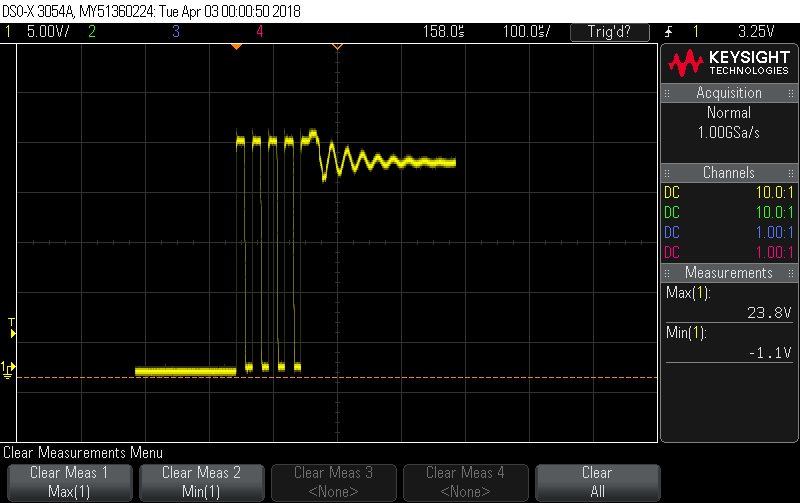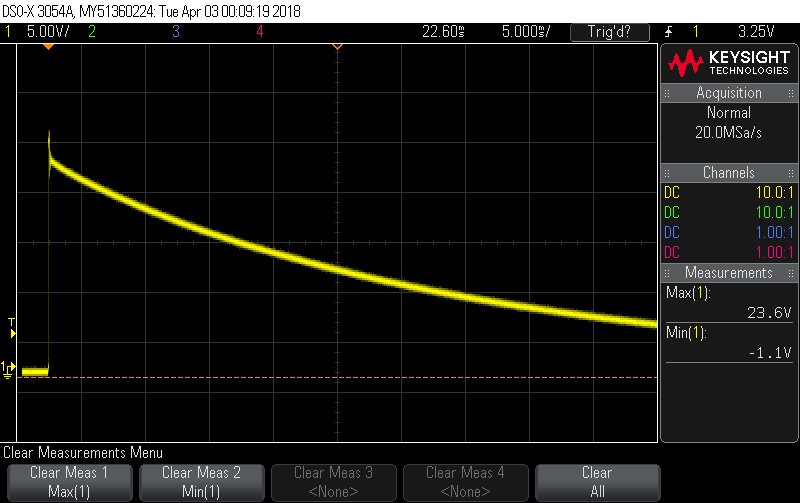I am using the PGA460 in direct drive mode with a 40kHz transducer with a rather short decay time and am having difficulty obtaining an accurate frequency reading using the system diagnostics. I have played with the Window Length and Start Time, but can't seem to get a "good" reading. Any recommendations for getting the most accurate frequency reading?
-
Ask a related question
What is a related question?A related question is a question created from another question. When the related question is created, it will be automatically linked to the original question.





